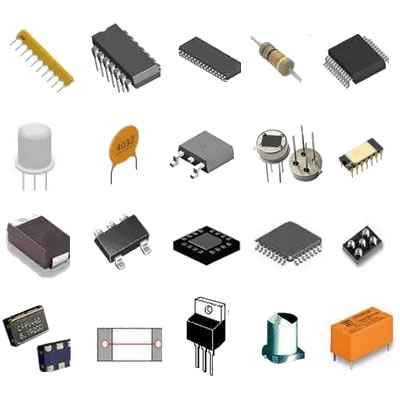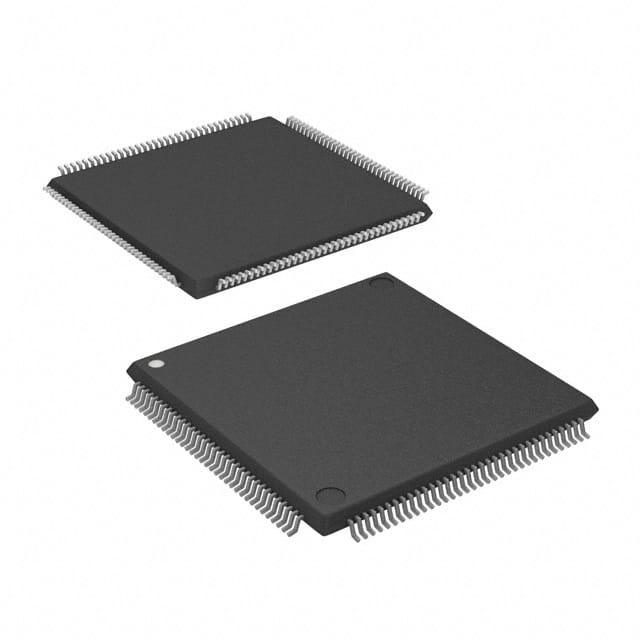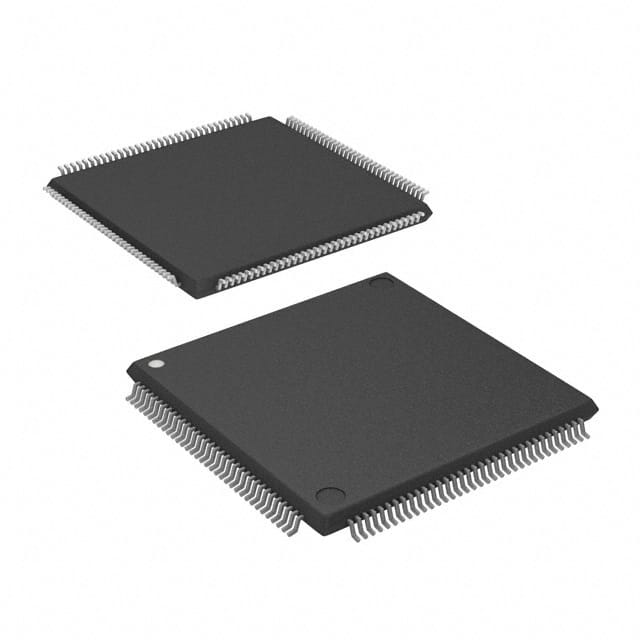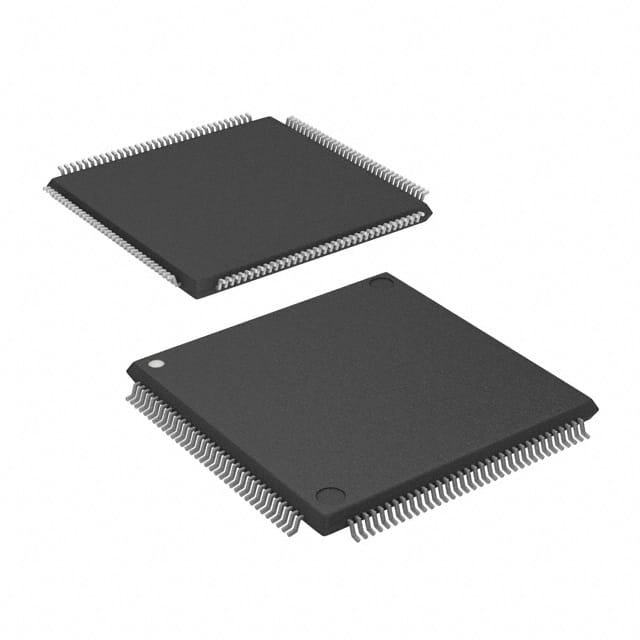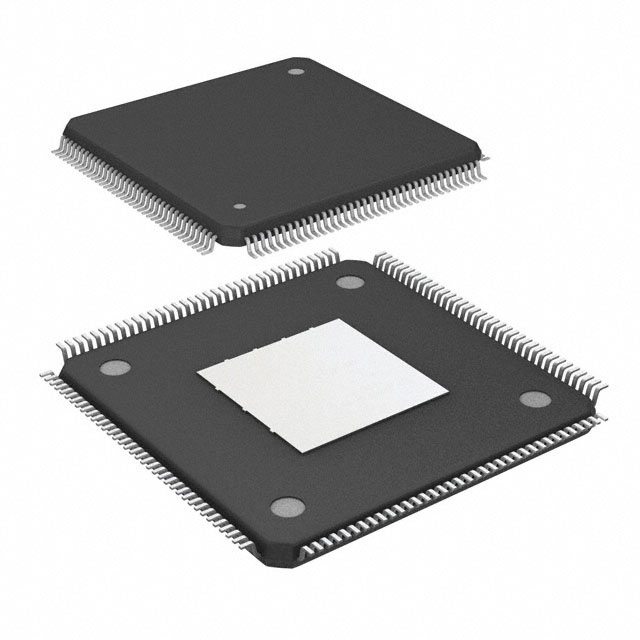Title: Exploring the Versatility of Numerical Display Potentiometer Components
1. Understanding Numerical Display Potentiometers: Numerical display potentiometers, also known as digital potentiometers, are electronic components that combine the functionality of a traditional potentiometer with a built-in numerical display. This display allows users to directly visualize and adjust the resistance value, making it easier to fine-tune the desired output. These components are available in various configurations, including single-turn and multi-turn options, each offering unique advantages depending on the application.
2. Features and Specifications: Numerical display potentiometers come with a range of features and specifications that make them suitable for diverse applications. Some key features include:
a. Resolution: The resolution of a digital potentiometer determines the smallest incremental change in resistance that can be achieved. Higher resolution allows for more precise adjustments.
b. Interface Options: These components can be controlled using various interfaces, such as I2C, SPI, or UART, enabling seamless integration into digital systems.
c. Memory Storage: Some digital potentiometers offer non-volatile memory storage, allowing them to retain their settings even after power is disconnected.
d. Temperature Stability: Temperature variations can affect the accuracy of potentiometers. Numerical display potentiometers often incorporate temperature compensation mechanisms to ensure stable performance across different environments.
3. Applications of Numerical Display Potentiometers: The versatility of numerical display potentiometers makes them suitable for a wide range of applications. Here are a few notable examples:
a. Audio Equipment: Digital potentiometers find extensive use in audio systems, such as mixers, amplifiers, and equalizers. The ability to precisely adjust resistance values allows for fine-tuning audio signals and achieving optimal sound quality.
b. Industrial Control Systems: In industrial settings, numerical display potentiometers are employed in control panels and automation systems. Their digital interface enables remote control and monitoring, simplifying the operation of complex machinery.
c. Test and Measurement Instruments: Digital potentiometers are essential components in test and measurement instruments, including oscilloscopes, signal generators, and power supplies. The numerical display facilitates accurate calibration and adjustment of these instruments.
d. Consumer Electronics: From household appliances to gaming consoles, digital potentiometers are used in various consumer electronics devices. Their compact size, ease of integration, and precise control make them ideal for volume control, brightness adjustment, and other user interface functions.
4. Benefits and Advantages: Numerical display potentiometers offer several advantages over traditional potentiometers:
a. Precise Control: The numerical display allows for precise adjustments, eliminating the guesswork associated with analog potentiometers.
b. Space Efficiency: Digital potentiometers are often more compact than their analog counterparts, making them suitable for space-constrained applications.
c. Remote Control: The digital interface of these components enables remote control and automation, enhancing system flexibility and ease of use.
d. Cost-Effectiveness: While numerical display potentiometers may have a higher initial cost, their long-term benefits, such as reduced maintenance and increased accuracy, make them cost-effective solutions.
Conclusion: Numerical display potentiometers have revolutionized the way we control and adjust electrical signals in modern electronic systems. Their ability to provide precise resistance adjustments, coupled with the convenience of a built-in numerical display, makes them indispensable components in a wide range of applications. As technology continues to advance, the demand for these versatile components is expected to grow, further solidifying their importance in the world of electronics.







